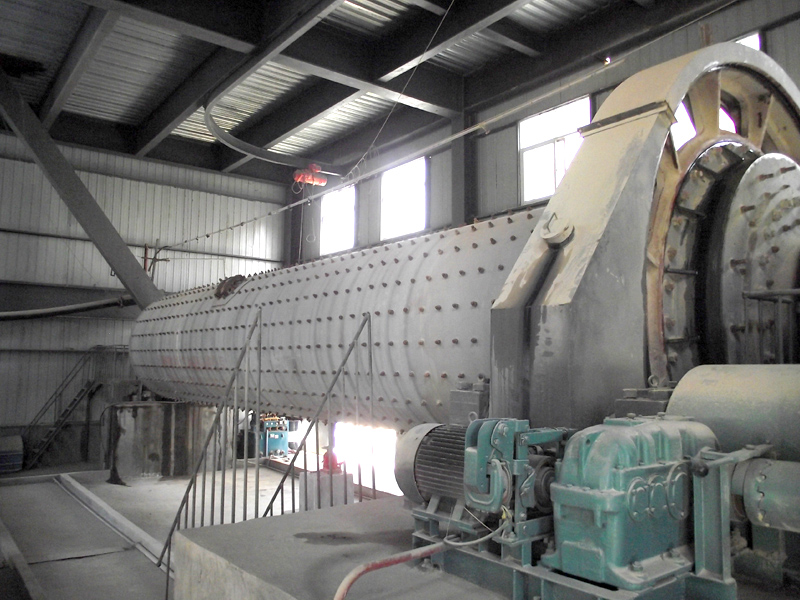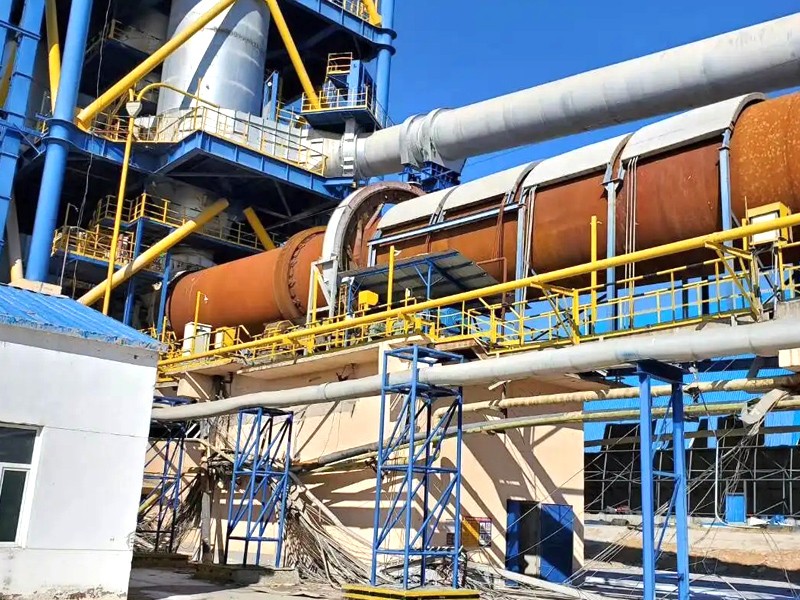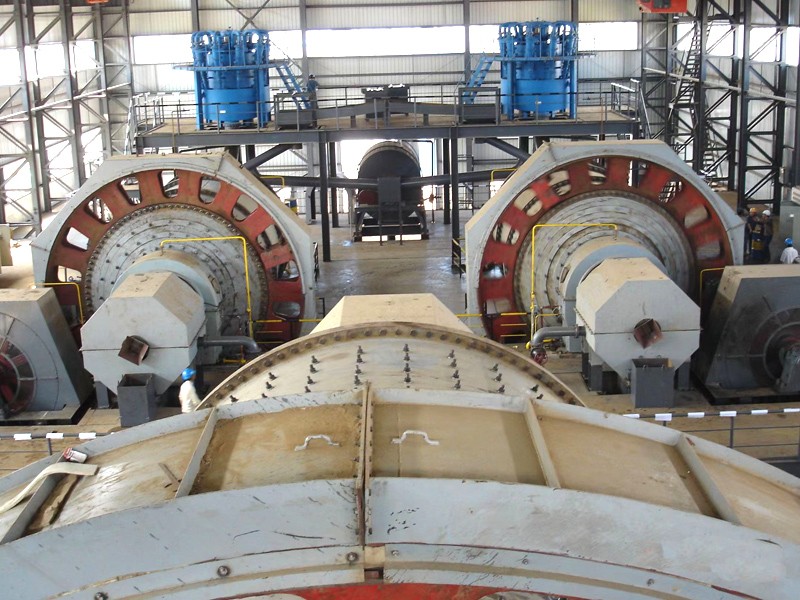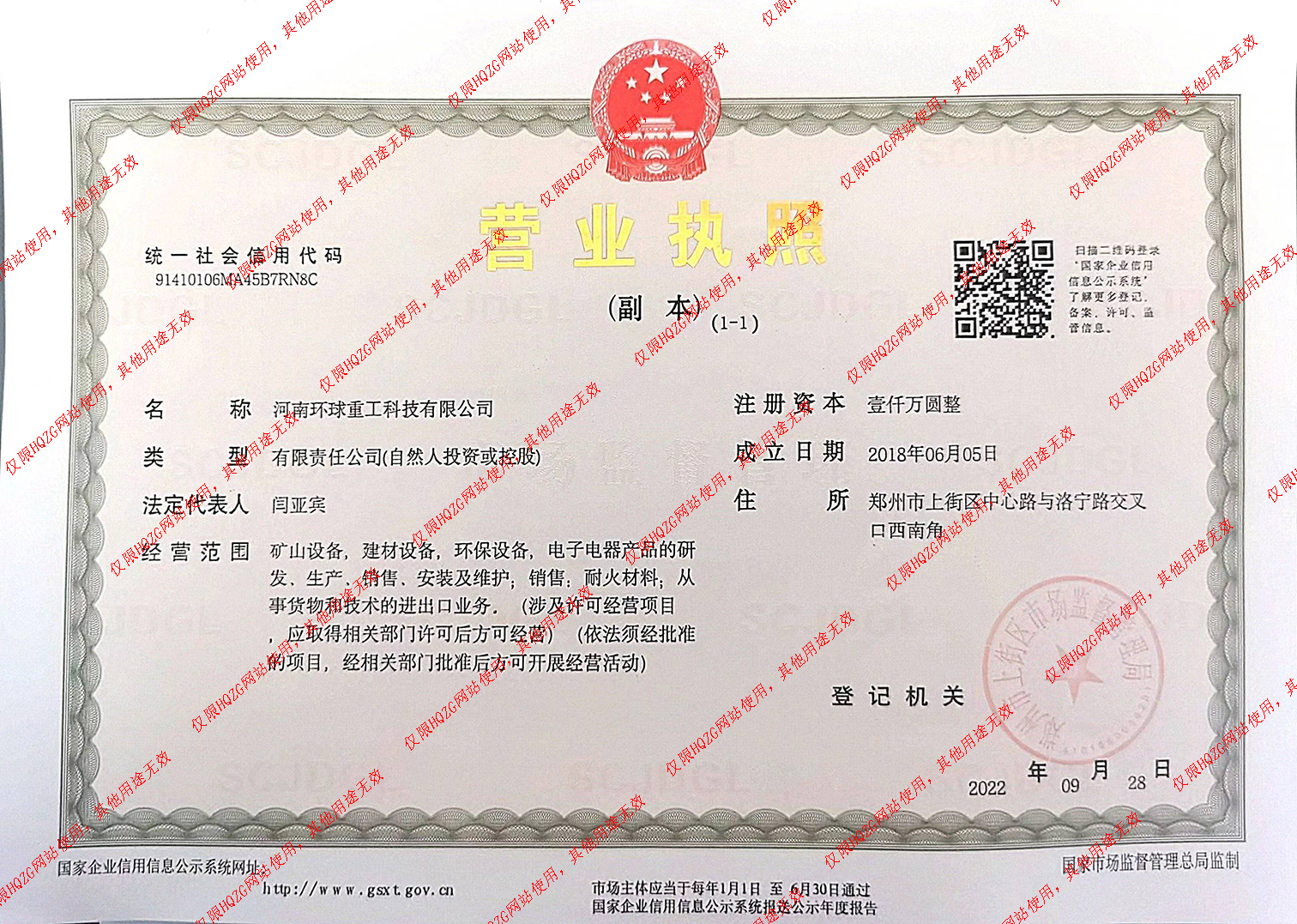Popular searched products:
Technical analysis of high-quality, high-yield, energy-saving
and consumption reducing cement grinding system
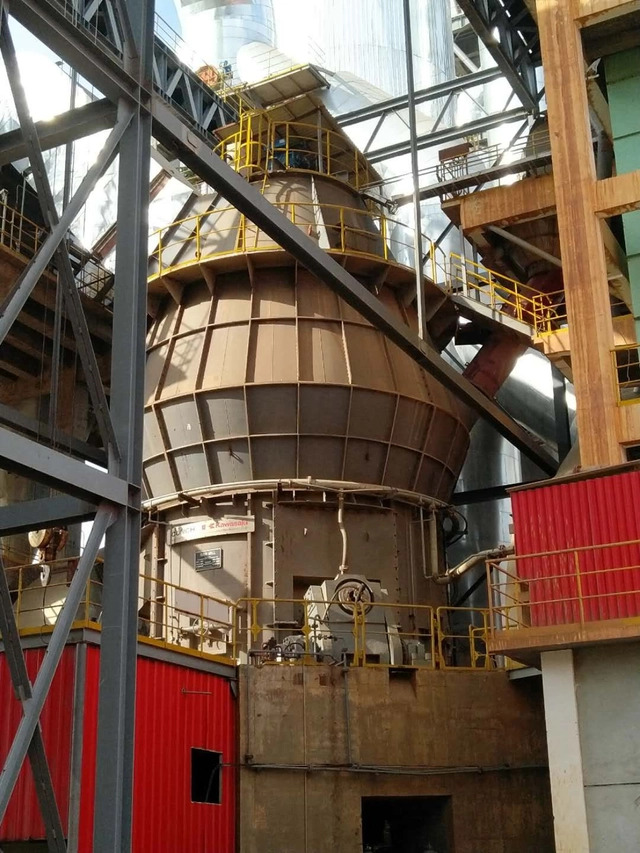
Cement particles are a type of artificial particle, and the collective particles of cement have two major characteristics: high specific surface area (the interfacial area between two phases per unit mass of material) and polydispersity (each particle in a sample is not exactly the same).
The general expression of the powder state of cement includes the degree of fineness (fineness and specific surface area), particle distribution, and particle morphology.
1. Cement fineness
The particle size of cement is the fineness of cement. The fineness of cement directly affects a series of physical properties such as setting, hydration, hardening, and strength of cement.
The cement standard in our country stipulates that the fineness of cement products on a 80 μ m square hole sieve shall not exceed 10% residue. The method of controlling fineness is simple and easy to implement. Under certain grinding process conditions, the strength of cement is related to its fineness to a certain extent. The smaller the sieve residue of cement, the finer the cement and the higher its strength. However, there are still many problems in using this method for cement quality control:
i) When the cement is ground very fine, such as an 80 μ m square hole sieve residue of less than 1%, the control significance is not significant. Cement abroad is generally ground very finely, so this indicator has been almost completely removed from foreign cement standards.
ii) When the grinding process changes, the fineness value also changes accordingly. If the residual value of the open flow mill sieve is too large and the residual value of the circular flow mill sieve is too small, it is sometimes difficult to control the cement strength according to the fineness.
iii) The fineness value refers to the sieve residue of 0.08mm sieve, which is the content (%) of particles ≥ 80 μ m in cement. As is well known, the hydration activity of cement particles with a size of ≥ 64 μ m is already very low, so using the content of ≥ 80 μ m particles for cement quality control cannot fully reflect the true activity of cement.
2. The average particle size of cement
In the process of cement grinding, it is not a uniform single particle, but a particle group containing particles of different sizes. Therefore, when evaluating the fineness of cement, if only the simple representation method of sieve residue is used, about 90% of the cement particles pass through the sieve holes and become undersized. However, the particle size of these undersized particles is not clear, so when the sieve residue is the same, there will be a significant difference in specific surface area.
There are several ways to represent the average particle size, such as arithmetic mean diameter, geometric mean diameter, harmonic mean diameter, etc.
The average particle size of cement particles is an important geometric parameter that characterizes the cement particle system, but the information it can provide on particle size characteristics is very limited, because two particle groups with the same average particle size may have different particle size compositions (particle grading).
3. Specific surface area of cement
Most foreign cement standards specify the specific surface area index, and the Brinell specific surface area meter is generally used to determine the specific surface area of cement. China's national standards for Portland cement and clinker are consistent with foreign standards. There is already a good relationship between the specific surface area of cement and its properties. However, when using specific surface area to control cement quality, there are mainly two shortcomings:
i) The specific surface area is sensitive to the content of fine particles in cement. Sometimes the specific surface area is not very high, but due to the reasonable particle size distribution of cement, the strength of cement is high.
ii) The specific surface area of cement mixed with other materials cannot truly reflect the total surface area of cement. If volcanic ash mixed materials are added, the specific surface area of cement often tends to be higher.
4. Particle size distribution of cement
As is well known, even if the screening fineness is the same or the specific surface area is similar, the performance of cement may sometimes show significant differences due to the possible differences in particle size distribution (particle shape is also important). Therefore, studying the characterization of cement particle size and exploring a more accurate quantitative relationship with cement strength is of great significance.
Long term experimental research at home and abroad has shown that cement particle size distribution is the determining factor of cement performance. The currently recognized optimal particle size distribution for cement is: 3-32 μ m particles play a major role in strength growth, and their particle size distribution is continuous, with a total amount of not less than 65%; 16-24 μ m particles are particularly important for cement performance, and the higher the content, the better; Fine particles smaller than 3 μ m are prone to agglomeration and should not exceed 10%; Particles larger than 64 μ m have very low activity, preferably none.
In addition, improper particle size distribution (particle grading) of cement can also affect the water demand (and workability) during cement hydration. If the water consumption is increased to achieve the standard consistency of cement mortar, it will ultimately reduce the strength of hardened cement or concrete. Therefore, it is important to master the indicators of cement particle size distribution.
The methods for representing the particle size distribution of cement, namely particle grading, include list method, graphical method, matrix method, and function method.
In the 1990s, people began to study the influence of cement particle morphology on cement properties. If cement particles are observed under an electron microscope, their morphology is not round, just like crushed and stacked limestone, with small edges, large edges, flakes, and needle like shapes. The morphology of cement particles is related to the grinding process.
The morphology of cement particles is usually represented by the roundness coefficient (f), which is equal to 1 for circular particles and less than 1 for other shapes.
The roundness coefficient of foreign cement is mostly around 0.67. The average roundness coefficient of cement in some large and medium-sized cement enterprises in China measured by the China Academy of Building Materials Science is 0.63, fluctuating between 0.51-0.73. In the study of cement particle morphology, it was also found that the stronger the grinding ability of the cement mill, the greater the f-value; High precision grinding cement has the highest f; The cement f value produced by the grinding machine with roller press for pre crushing is also relatively high.
Experimental studies have shown that increasing the roundness coefficient of cement particles from 0.67 to 0.85 can increase the compressive strength of cement mortar by 20-30% after 28 days.
After implementing the ISO strength method, the improvement in cement fineness was achieved under the conditions that most enterprises had relatively backward grinding processes and used 80 μ m square hole sieves to control fineness, and the particle composition was mostly in an unreasonable state.
The reasonable particle composition of cement refers to the composition that can maximize the cementitious properties of cement clinker and has the closest volumetric packing density. The cementitious properties of clinker are related to the hydration rate and degree of particles, while the bulk density is determined by the proportion of particle size and content. The use of a 45 μ m sieve residue can enable enterprises to understand the content of effective particles in cement, while the use of specific surface area can timely grasp the content of fine particles closely related to cement water requirements. Combining the two to control the grinding process parameters will optimize the performance of cement.
The complete hydration time of clinker particles with a diameter greater than 45 μ m is very long, and their contribution to cement strength is very small. The hydration products generated by the interaction between clinker and water are the fundamental reason for the cementitious properties of cement. The degree of hydration of cement particles determines the performance of cement cementitious properties. The hydration degree of clinker is related to the type and particle size of minerals. According to research, the relationship between the hydration depth and time of Portland cement can be expressed as follows:
X=2t0.25
In the formula: X-hydration depth, μ m;
T - hydration time, d.
It takes more than a year for 20 μ m particles to fully hydrate, while 2 μ m particles only need 1.5 hours. 45 μ m particles hydrate approximately 50% in 28 days, and particles larger than 45 μ m contribute less to cement performance.
The currently recognized particle size distribution for the best performance of cement is: the total amount of particles between 3-32 μ m should not be less than 65%, the fine particles below 3 μ m should not exceed 10%, the particles above 65 μ m should ideally be 0, and the particles below 1 μ m should ideally be absent. Because 3-32 μ m particles play a major role in strength growth, especially 16-24 μ m particles are particularly important for cement performance, and the higher the content, the better< Fine particles of 3 μ m are prone to clumping, while small particles of<1 μ m quickly hydrate when mixed with water, which has little effect on the strength of concrete and affects the adaptability of cement and additives. It can easily affect the performance of cement and lead to concrete cracking, seriously affecting the durability of concrete 65 μ m particles hydrate slowly and contribute little to the 28 day strength.
Related Reading
- What is machine-made sand? Why is machine-made sand so popular? What are the advantages of machine-made sand?
- Regarding the price of mobile sand making machines, manufacturer recommendations, and sand blasting effects, this article has everything you want to know!
- To improve the sand and gravel technology, save energy and increase efficiency, and improve the quality of sand production, you should read this article carefully!
- I heard that the profit of machine-made sand washing is good, how much is it? Which equipment is suitable for machine-made sand washing?
- If you want to choose a cost-effective truck-mounted mobile sand washing machine, Zhengzhou Global Heavy Industry is your first choice
- If you want to make sand washing production and processing more flexible, mobile sand washing station is your first choice!
Product show
Product
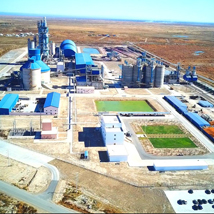


 Source:
Source: Time:2024/08/20 10:28:38
Time:2024/08/20 10:28:38